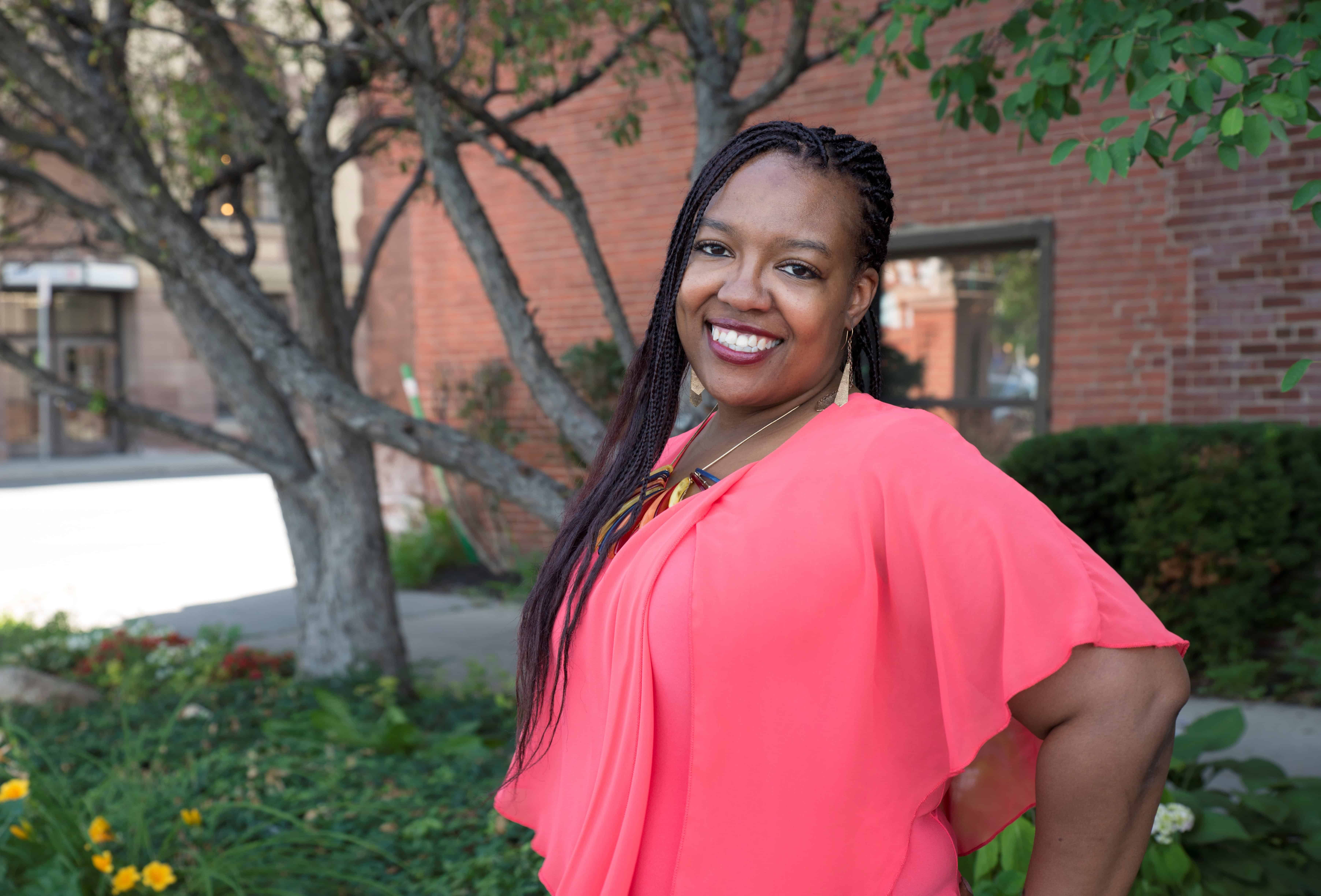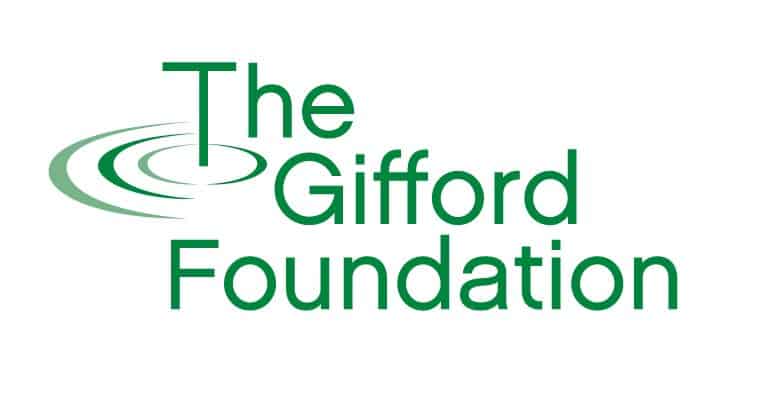Broadening Perspectives:
What Are Our Housing Intentions?
Published May 11th, 2021
How do we treat someone who cannot afford a home? When I think about homelessness and housing policies, I like to start the process with this question. No matter what your politics are, we all have to recognize the reality that many people simply do not have enough money to pay for an apartment, let alone buy and maintain a house. Sadly, the economic impact of the COVID-19 pandemic has made this problem even larger. In Syracuse alone, the back rent currently owed by city residents exceeds $10 million. It makes me happy to see that millions in pandemic relief money will be spent by Onondaga County to help relieve this burden, but the problem exceeds financial resources. While the coronavirus added to the problem, it definitely existed before the pandemic and will continue to exist after unless serious structural changes are made.

Sheena Solomon is the Executive Director of the Gifford Foundation.
It is widely recommended that no more than 30% of your income should go to rent. Yet in the City of Syracuse, the median monthly rent for a one-bedroom apartment is $970 while the median monthly individual income is only $1,880. This means that most single renters are spending more than half of their income on housing. Among families, the numbers are also eye opening: a 2019 Census Bureau report found that nearly half of children in Syracuse live in poverty.
Many of the local problems with poverty and housing came to everyone’s attention following the tragic murder of a 93-year-old woman at Skyline Apartments on James St. We learned that police were being called multiple times a day to investigate crimes in the building, and that conditions were so bad that human waste covered the stairways. It always saddens me when a life is taken for attention to be brought to an ongoing issue. If those conditions were allowed to exist there for so long, they are almost certainly existing in other residences throughout our community. When housing situations are unsafe, unclean, and unmaintained – residents are stripped of dignity and hope.
The way that we think about poverty directly shapes the reality of what it means to be poor. Many people believe that people living in poverty deserve the tough conditions they face. This attitude makes it easy to ignore suffering, which I believe is why we allow many inhumane housing situations to continue. This attitude also makes us comfortable holding them to a standard that we would never apply to anyone else. The lifestyle requirement that people in public housing must meet in order to maintain their eligibility, for example, are extremely strict. Many feel that it is justified to take away these benefits when the person does not act as society might hope, but this does not mean that the person disappears. In fact, taking away their housing often means that they must transition to an even more dangerous and high-risk lifestyle at the expense of their own wellbeing and the community’s.
In this issue of the Gifford Newsletter, you will see a snapshot of how several different CNY based nonprofits are working to offer different solutions to this problem. We hope you will stop and consider some important questions that we are all facing: what housing rights should be guaranteed? What does adequate housing look like? When someone fails to meet the standards set by society, is it acceptable to let them become homeless? The answers are complex, and we cannot hope to answer them in this newsletter. But if we can breathe life into thinking differently about the issue, that’s a start.

Sheena Solomon, Executive Director
Subscribe to the Gifford Newsletter
Start enjoying our free quarterly publication today.


